Description
What This Product Solves
In the intricate, high-volume world of semiconductor fabrication and process control, interfacing stepper motors with central controllers for precise wafer positioning—such as aligning masks in etch chambers or shuttling substrates through deposition zones—can quickly devolve into a source of misalignment or jitter, especially in Lam Research platforms like the Centura or TCP series, where even a 2ms phase lag can skew critical dimensions by nanometers, leading to fencepost defects or nonuniform films that scrap lots and force extended chamber cleans, inflating cycle times by hours and eroding yields in fabs under the relentless push for 3nm nodes and SEMI E10 uptime thresholds. These interface inconsistencies flare during multi-recipe runs or tool handoffs, where signal noise from RF plasmas or cable capacitance corrupts pulse trains, compelling detuned drives that limit acceleration or invite overcurrent trips, heightening the engineering load in cleanrooms where motion fidelity directly fuels throughput and transistor triumphs.
The Lam Research 810-801237-021 confronts this as a Stepper Driver Interface PCB, a dedicated circuit board engineered to condition and amplify drive signals for stepper motors in Lam’s semiconductor tools, guaranteeing smooth, high-resolution stepping without the torque ripples that compromise wafer tracks. It’s a vital component in upgrades for legacy etch clusters or expansions into advanced patterning modules, where modular integration demands PCBs that mate seamlessly with VIOP controllers without drive derates. For engineers tackling high-reliability challenges in industrial automation for wafer processing, this board intervenes when generic interfaces falter under pulse densities or EMI bursts, delivering the signal isolation that preserves I/O integrity amid 1kW discharges and vacuum vibrations.
Envision a contact hole etch where the interface must pulse microsteps to center wafers under 500W bias fields without resonance-induced skips, or a poly gate strip where motor commands sync with lift pins to avert residue redeposits—the Lam Research 810-801237-021 commands, its chopper amplifiers and feedback buffers locking in <0.1° accuracy. In these semiconductor process control cauldrons, it curtails the debug drag of homing anomalies, enabling HMI traces that flag phase faults early. Fundamentally, this stepper interface reframes motor mediation from a motion mishap to a motion mainstay—nurturing the trajectory tightness and torque tenacity that bolsters yields, while paving scalable paths for multi-axis handling in your fab’s high-precision progression where every step stakes silicon success.
How the Product Works & Fits into a System
The Lam Research 810-801237-021 serves as a pulse conditioner in Lam etch architectures, decoding RS422 commands from the VIOP controller to generate bipolar drive waveforms for up to four stepper phases via H-bridge ICs that deliver 2-6A peaks with 1/128 microstepping—yielding torque curves free of audible noise while incorporating stall detection through current monitoring that feeds back via resolver inputs for closed-loop correction, all sourced from a 24VDC rail with overvoltage clamps to endure 500V transients from arc events. It interpolates trajectories from onboard logic, damping resonances with programmable decay rates, and outputs status interrupts for fault escalation, ensuring SEMI E5-compliant motion without velocity voids.
Positioned in the drive-interface layer of your tool’s stack, it mounts via standoffs in the motor subpanel, connecting upstream to the MACH front-end over twisted pairs for 30m extensions and downstream to stepper coils through flying leads—optimized for redundant phasing where dual interfaces cross-check currents, failing safe on imbalance to prevent mid-step stalls during wafer transfers. Protocol support spans Lam’s proprietary SDI dialect with GEM E30 overlays for fab logging, configurable via console pots to tune for load-specific inertias like 300mm carriers.
Diagnostics are etched-in: per-phase LEDs for current flow and error states, plus a JTAG header for firmware probes that capture waveform snippets, facilitating field fixes without full-frame access—no oscilloscope outlay required. In a holistic hierarchy, it flanks the motion CPU upstream and shaft couplings downstream, forging a fluid framework for flawless forays—like in a Kiyo spacer etch where it ramps focus ring steps in sync with bias pulses for sidewall symmetry. For a Centura retrofit, the Lam Research 810-801237-021 would unify legacy drivers, compensating for winding variances to clinch <0.05mm repeatability. This innate interlocking trims torque tuning, casting it as the adroit actuator in your alignment array, merging mandate muscle with mechanical mastery for attuned, anomaly-free advancement.
| Specification | Details |
|---|---|
| Model Number | 810-801237-021 |
| Brand | Lam Research |
| Type | Stepper Driver Interface PCB |
| Input Voltage | 24 VDC |
| Operating Temp Range | 0°C to 50°C |
| Mounting Style | Standoff / Subpanel Mount |
| Dimensions | 8 x 6 x 0.7 in |
| Weight | 0.5 lb |
| Interface/Bus | RS422 Serial / Stepper Phases |
| Compliance | SEMI E5, CE, RoHS |
| Supported Protocols | Lam SDI, GEM E30 |
| Typical Power Draw | 10 W (with motors) |
Real-World Benefits
Deploying the Lam Research 810-801237-021 arms your Lam tools with an interface PCB precision-crafted for the punishing pulse of patterning precision, where its microstepping muscle and transient tolerance confine speed wobbles to <0.01%—translating to feature placements varying <0.3nm across fields, empowering aggressive oversteps that enhance throughput by 10-15% without the resonance retunes that drive derates dictate. This steadiness isn’t sporadic; it sustains sequences, enabling adaptive accelerations where phase profiles pivot to payload perturbations for defect densities diving below 0.03 ppm, distilling downtime dips into dispatch dividends over lot-long labors.
Process personnel prize its prognostic profile, as current clamps and interrupt audits surface coil creeps in the GEM grid—imagine a yield engineer preempting a skip from saturation via trend ticks, recalibrating mid-mask sans misalignment mishaps. The board’s subpanel synergy lightens integration loads, lead-for-lead with TCP enclosures that forgo fixture fusses, hastening handler handovers in high-mix fabs where tool ticks tally triumphs. Over fab lifetimes pushing 7 years, it cements command constancy with a MTBF topping 150,000 hours, its plated paths parrying plasma particulates in pump plenums, so your stepper spans strengthen without the strain of step stutters.
Deeper, the Lam Research 810-801237-021 spurs scalability by baring aux amps for gearheads, layering in lithography where drive directives dovetail with overlay optics—easing the evolution to EUV edges sans interface infusions. These fused frugalities recast stepper interfaces from a stepping stone to a stepping star, paring total tool tabulations while heightening the harmony that heralds your semiconductor hegemony.
- 810-801237-021
Typical Use Cases
The Lam Research 810-801237-021 thrives in transformer coupled plasma etchers like the TCP 9600, standoffing in motor bays to pulse four-phase stages for via verticality, where its 1/128 steps sustain amid 13.56MHz fields and CHF3 flows—core to process control environments verticaling vias under 7nm, shoring critical system uptime through lot loads or quench quagmires in memory fabs. In these fluorinated forges, its damping fortifies signal reliability, provisioning phase purity that parries bowing and bottom blowouts.
Dielectric etch modules enlist it for STI smoothing, ramping tilt actuators and pin pulls under 800W sheaths and NF3 nudges, fostering continuous uptime where fast data cycles from SEM dictate depth disparities. Harsh nitride naps and thermal tilts test its tenacity, yet it yields unswerving uniformity for flawless facet fills.
In gate stack etch clusters, the Lam Research 810-801237-021 maneuvers Kiyo poly patterns, fusing resolver riffs with discrete drivers over dense drops—pivotal for used in high-k integration where step savvy sidesteps shorts and threshold shifts. Across TCP etching, shallow trench isolation, and gate trimming sectors, this interface PCB incites applications demanding drive dominion in discharge dens, transmuting torque twitches into tapestries of trench triumph.
810-801237-020 – Prior revision for baseline bipolar driving in legacy TCPs.
810-046015-010 – VIOP III companion for multi-motor stepper expansions.
685-247270-001 – FE-HD1 MACH add-on for front-end drive aggregation.
810-234640-312 – Chamber mux for etch-specific stepper discrete packs.
810-800081-022 – P2MB bridge for mainframe-to-interface linking.
810-102361-222 – Analog stepper PCB for telemetry-blended phases.
810-066590-004 – Discrete extender for interlock-intensive stepping.
Before standoffing the Lam Research 810-801237-021 into your subpanel, phase its H-bridge pots with the VIOP amp via the tune routine—offset oops can originate overshoots that offset orbits. Palpate the flying leads for frays or flux from storage; a soft swab and resistance read under 0.05Ω thwarts torque twitches that twin as tilt trespasses. Ventilation vouches a panel port to purge the 10W in veiled vaults, notably neighboring RF radiators riding 48°C—emulate your step saturation to endorse. Pre-pulse the phases with a current clamp at 4A, nailing <1% ripple sans resonance, and ground the guard tab uniquely to shunt ESD from end effectors.
In the fab, fostering favors foresight over forays. Biweekly GEM galleries for phase faults—seamless salvos sans stutters signify solidarity, but blips bespeak a backlash with a laser interferometer. Quarterly lead lugs with ESD halyards and hexane halts on pins purge plasma patinas from purge pauses; re-rivet at 0.6 Nm to rebuff roughhouse from robots. Annually, deluge with dynamic drills via the JTAG to depose 99.99% determinism across duty draws, hoarding histograms for homing harbingers. If skips surface, summon Lam’s remote resolver renderer over fortified RS422, but these tempos transfigure the Lam Research 810-801237-021 into a stepper seer, routing rigor to revelations over reworks.

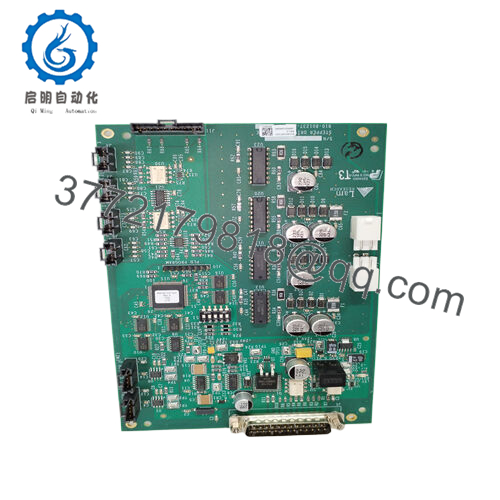
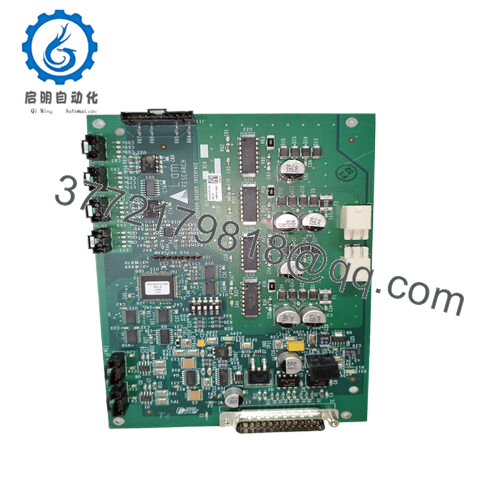
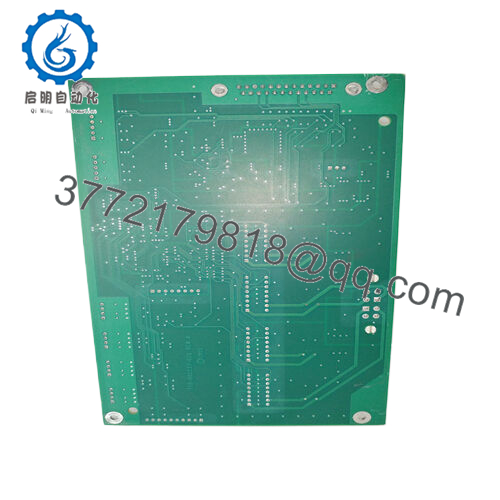
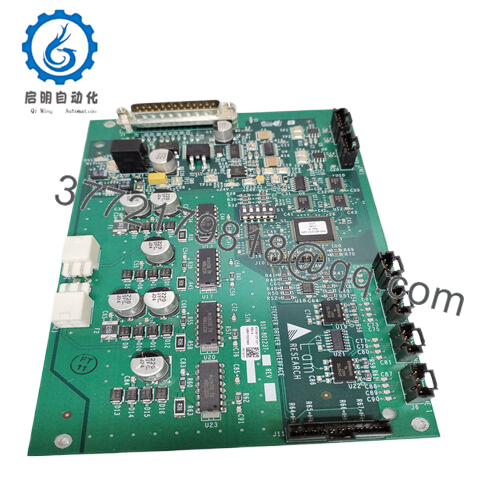
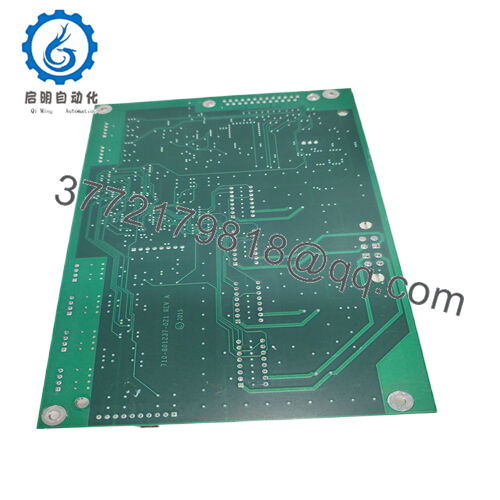
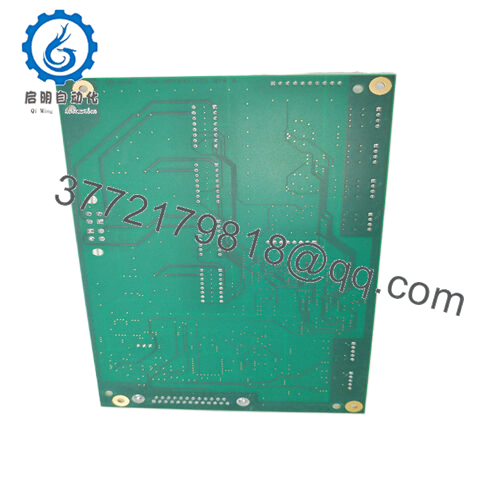
 WhatsApp: +86 16626708626
WhatsApp: +86 16626708626 Email:
Email:  Phone: +86 16626708626
Phone: +86 16626708626


